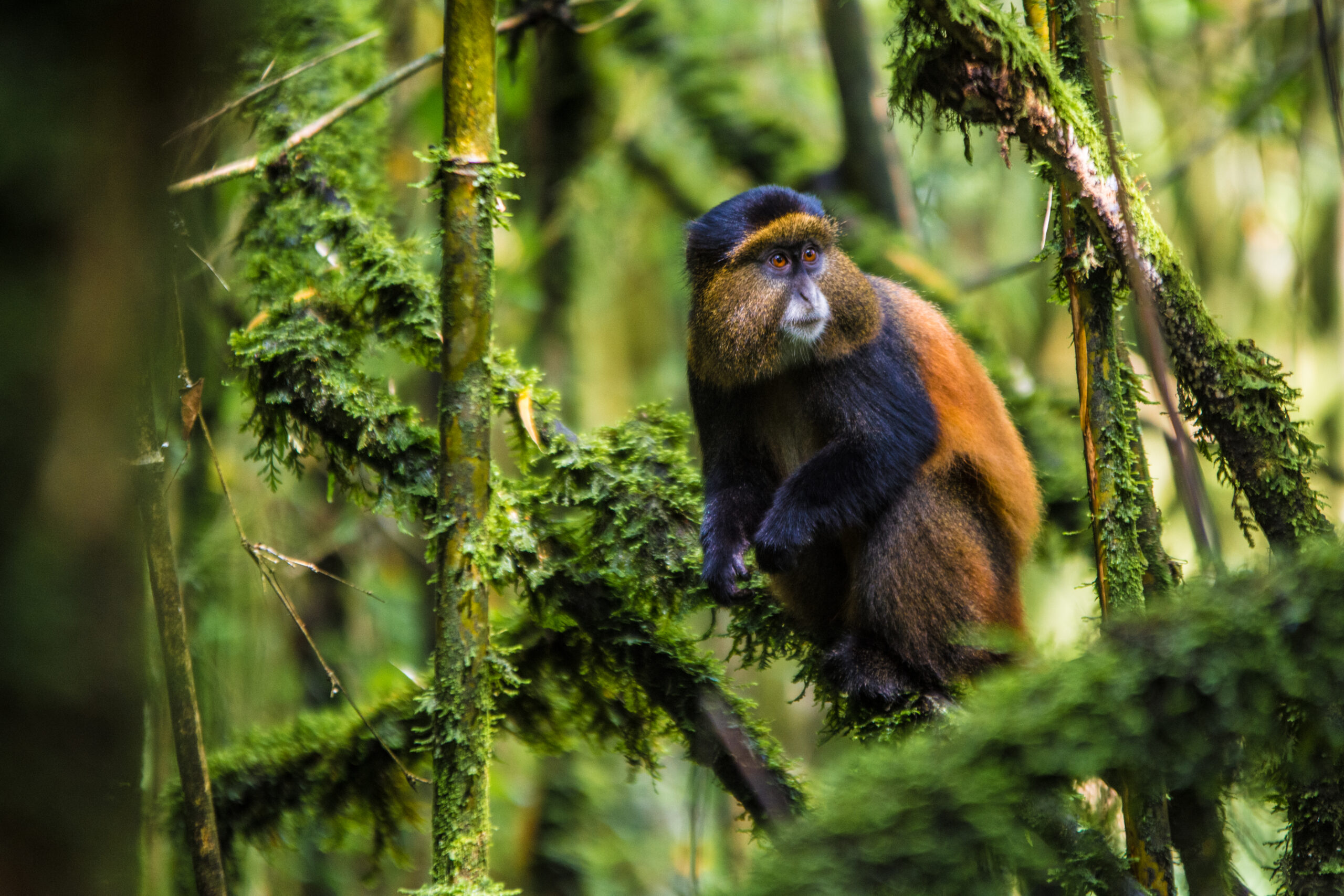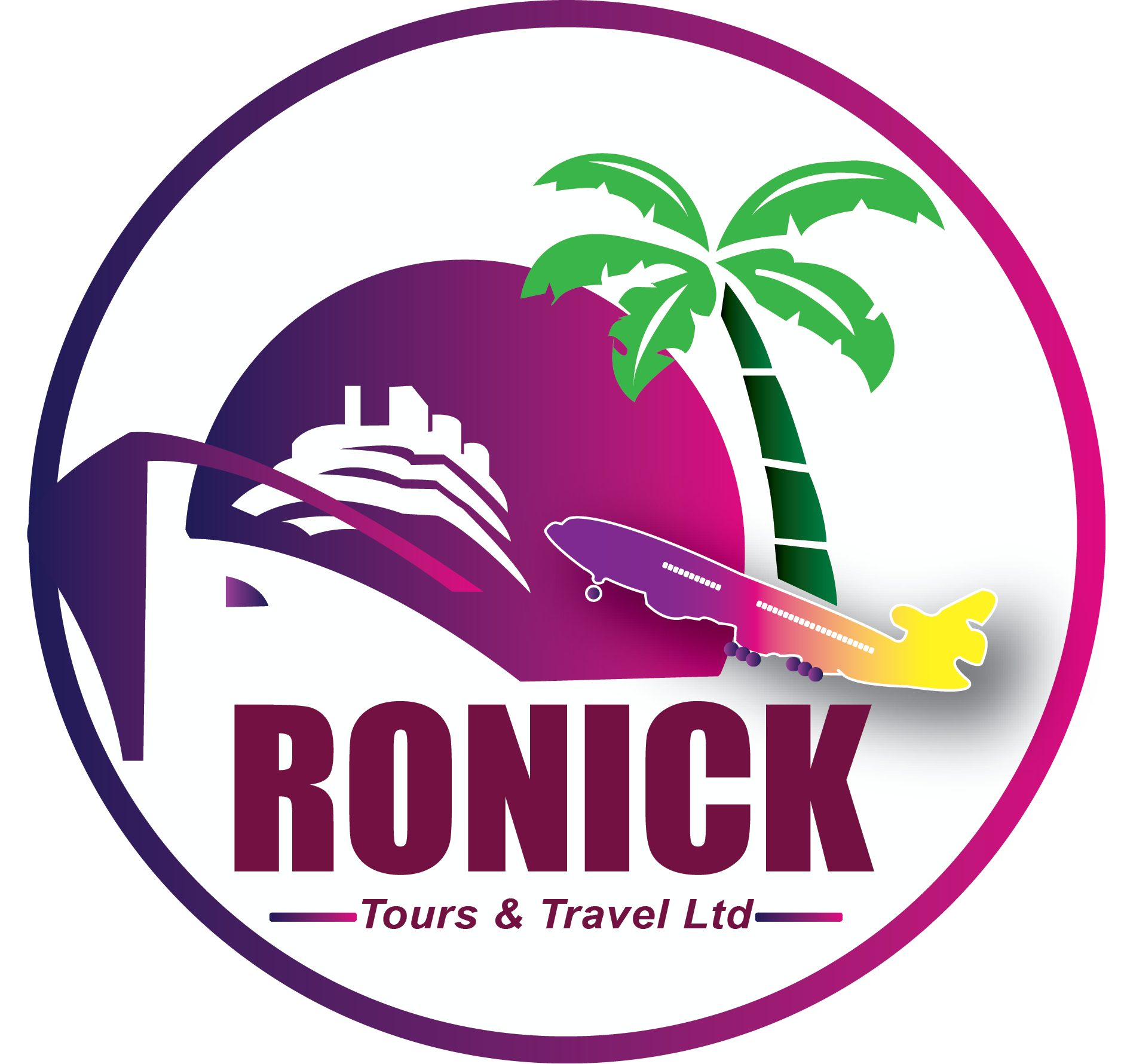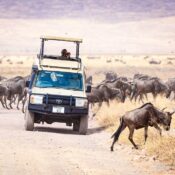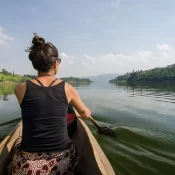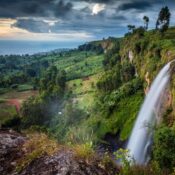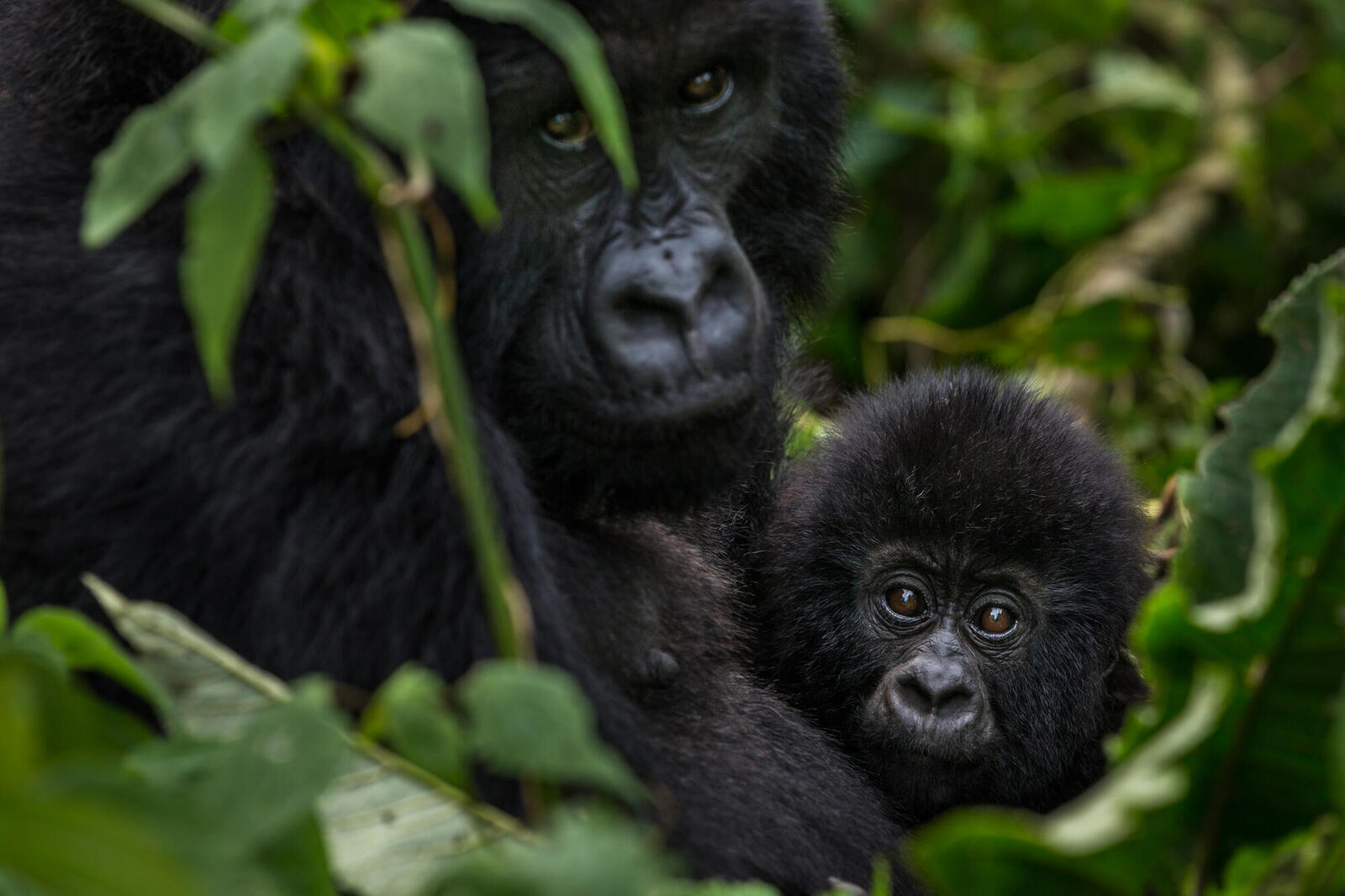
Ultimate Guide to Gorilla Tracking in Uganda
Embarking on a gorilla tracking adventure in Uganda is one of the most captivating wildlife experiences on Earth. It’s also a subject of curiosity for many travelers:
- Am I fit enough to track gorillas?
- What’s the best time to track them?
- How do I secure permits for the experience?
In this guide, we’ll address these questions and more, empowering you to plan your dream gorilla tracking adventure with ease and confidence.
The Fascinating World of Gorilla Tracking
Mountain gorillas are among the most awe-inspiring creatures, sharing an astonishing 98% of our DNA. Watching them in their natural habitat is like peering into a mirror of our own evolution—but with a bit more hair!
These majestic apes are found only in the mountainous forests of the Virunga Volcanoes (spanning Uganda, Rwanda, and the Democratic Republic of Congo) and in Uganda’s Bwindi Impenetrable Forest. With just over 1,000 individuals remaining, they are a critically endangered species. Remarkably, mountain gorillas cannot survive in captivity, making their wild encounters even more extraordinary.
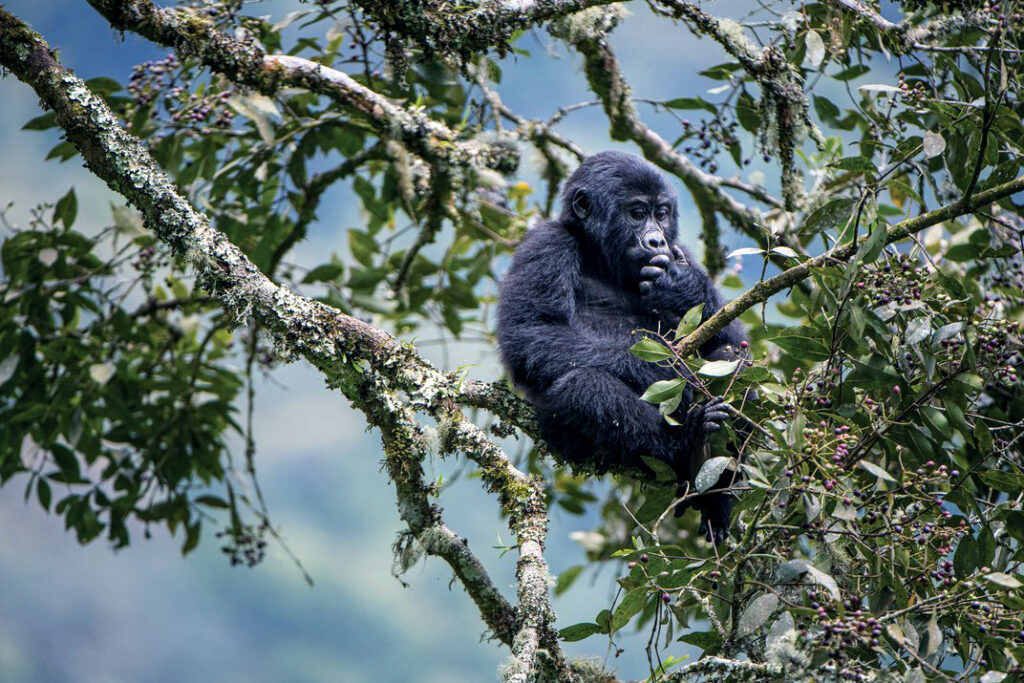
A Day to Remember: Your Gorilla Tracking Experience
Your unforgettable day begins early, around 7:30 AM, with a comprehensive briefing at the park headquarters. Here, you’ll be assigned a group of fellow adventurers and a specific gorilla family to track. The journey starts with a trek to the location where the gorillas were last seen.
Your Team in the Wild
Your tracking group includes up to eight people, accompanied by a professional park ranger and optional porters to assist with carrying bags or providing physical support. Rangers, armed for safety, also bring radios to stay in touch with other teams in case of unforeseen wildlife encounters.
The Trek Through the Rainforest
As you traverse the lush rainforest, keep an eye out for other fascinating wildlife, including tropical birds, smaller mammals, and unique vegetation. Your ranger will share insights about the flora, fauna, and the Batwa people, the forest’s original inhabitants.
The Encounter
The moment you find your gorilla family, magic unfolds. Whether it’s a silverback feasting, a mother grooming her young, or playful juveniles tumbling through the underbrush, every interaction feels surreal. For one precious hour, you’ll observe these gentle giants in their natural environment under the guidance of your ranger. Photography is allowed but only at designated moments, ensuring minimal disruption to the gorillas.
Optional Upgrades: Deepen Your Experience
If you crave more time with the gorillas, consider the habituation experience, where you’ll join rangers for a four-hour immersion in the gorillas’ world as they adapt to human presence. Photographers and wildlife enthusiasts often track gorillas multiple times to savor the unique dynamics of different families. However, rest assured, there’s a 90%+ success rate of encountering gorillas on your first trek.
Obtaining Gorilla Tracking Permits
Uganda is home to half of the world’s mountain gorilla population, making it the premier destination for this once-in-a-lifetime adventure.
Permit Costs and Locations
- Uganda: $800 per person.
- Rwanda: $1,500 per person.
- Democratic Republic of Congo: Challenging due to safety concerns.
Uganda offers two gorilla tracking hubs:
- Bwindi Impenetrable National Park: 21 habituated gorilla families across four sectors.
- Mgahinga Gorilla National Park: Home to one habituated family.
Permits must be secured through licensed Ugandan tour operators like Venture Uganda. These are non-refundable and require full advance payment. However, permits can be rescheduled for a fee.
Fitness Levels for Gorilla Tracking
Worried about your fitness level? Most likely, you’ll be just fine.
While the terrain can be steep, muddy, or thick with vegetation, there’s no rush. The trek proceeds at your pace, and breaks are encouraged. To enhance your comfort:
- Hire porters: They can carry your belongings and assist on tricky sections.
- Request support: Special arrangements, like being carried in a chair by porters, are available if needed.
Trekking durations range from 2-8 hours, with 3-5 hours being the average. Some lucky adventurers find their gorilla family in just an hour—but many savor the challenge, feeling a sense of accomplishment when finally meeting the gorillas.

When to Go Gorilla Tracking
Uganda’s gorilla tracking is a year-round activity, though the dry seasons (March-May and June-September) offer slightly easier trekking conditions.
Essential Packing Tips
To make your trek comfortable, bring:
- Footwear: Durable hiking boots or sturdy trainers.
- Clothing: Long trousers tucked into socks, a long-sleeved shirt, and a rain jacket with a hood. Opt for dark, natural colors.
- Accessories: Gaiters, a neck scarf, insect repellent, and a walking stick (available at park HQ).
- Camera: Ensure ample storage and battery life (flash is not permitted).
Planning Your Gorilla Tracking Adventure
Gorilla tracking can seamlessly be added to any African safari. Travel to the gorilla regions typically involves a 9-hour road trip from Entebbe. Along the way, consider breaking the journey with a stopover at Lake Mburo National Park, where you can enjoy game drives, boat cruises, or horseback safaris.
To maximize your experience:
- Spend a night near Bwindi or Mgahinga National Parks before and after your trek.
- On the return journey, enjoy cultural encounters such as visiting the Bahima people and their iconic long-horned Ankole cattle.
Guidelines for Gorilla Tracking
While tracking, follow these important rules to protect the gorillas and yourself:
- Maintain a 7-meter distance from the gorillas.
- Speak in low voices and avoid sudden movements.
- Never run if a gorilla charges—crouch and avoid eye contact.
- Always follow your ranger’s instructions.
- Leave no trace—bury waste and carry out all rubbish.
Supporting Gorilla Conservation
By participating in gorilla tracking, you contribute to vital conservation efforts. Proceeds support veterinary care, ranger patrols, community education, and habitat protection.
You can further help by:
- Hiring local porters and guides.
- Staying in community-owned lodges.
- Purchasing locally produced goods like coffee.
- Avoiding tracking if you’re unwell, as even mild illnesses can harm gorillas.
Lastly, share your experiences to inspire others to support gorilla conservation and eco-tourism.
All Categories
